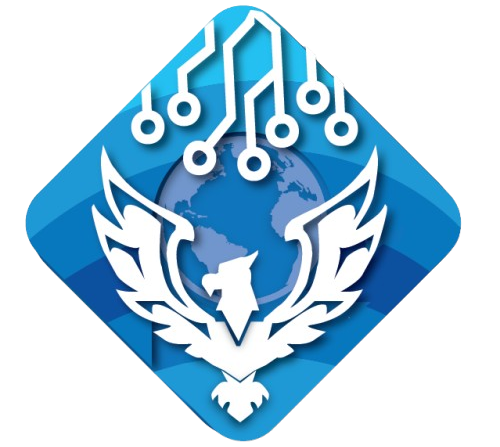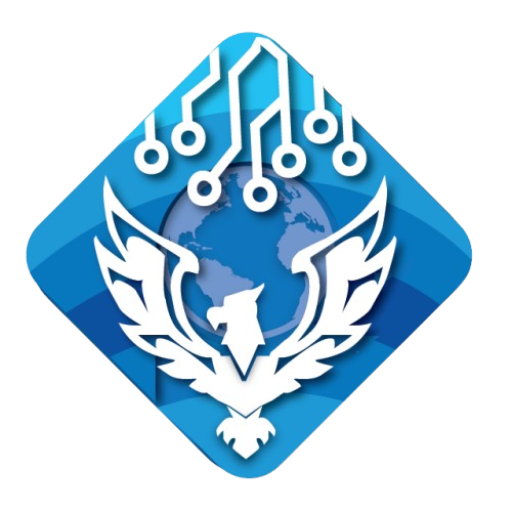RIOT focuses on low-power memory-constrained smart devices to bring a solution that supports 32-bit, 16-bit, and 8-bit microcontroller architectures. Functioning as an alternative to Linux, RIOT is a microkernel operating system supporting multiple chip architectures that supports 6LoWPAN, IPv6, RPL, and UDP. Providing very minimal processing, power, and memory usage, this open-source IoT tool is best suited to systems of low-power microcontrollers and networks of small sensors. This broad compatibility empowers users to connect and interact with their IoT devices effortlessly, regardless of their underlying communication protocols or standards. At the heart of ThingsBoard lies its user-friendly interface, which serves as a gateway to effortless monitoring and control of IoT deployments. Through intuitive design and customizable features, ThingsBoard enables users to tailor their dashboards to suit their specific needs and preferences.
- Whether it’s MQTT, CoAP, or HTTP, OpenIoT provides the necessary infrastructure to bridge the gap between disparate devices and unify them into a cohesive IoT ecosystem.
- With a user-friendly interface, Mainflux promotes easy comprehension, particularly for beginners.
- You can deploy SiteWhere to cloud platforms like AWS, Azure, GCP, or on-premises.
- Secure operating system like the Linux kernel, as well as other open source operating systems, can be optimized for embedded devices to help keep data and devices safe.
- Kimona Connect is a free iOS and Android app that links smartphones and stands with IoT devices.
3. Pulse Oximeter and Heart Rate Sensor
This open-source IoT platform is tailored to streamline device management, data collection, and visualization processes. Designed with versatility in mind, ThingsBoard boasts compatibility with a multitude of IoT protocols, including MQTT, CoAP, and HTTP, ensuring seamless integration with a diverse array of devices. They are designed to scale with the growing demands of IoT applications, supporting large numbers of devices, data streams, and users. Open-source platforms often adopt modular architectures, microservices, and containerization to enable flexibility, scalability, and easy integration with third-party components.
What is an Open-Source IoT Framework?
Open-source IoT platforms provide tools for managing connected devices, including device provisioning, configuration, firmware updates, and monitoring. This ensures that devices are securely connected to the network and can be remotely controlled and managed throughout their lifecycle. Zetta emerged as one of the pioneering open-source IoT frameworks, enabling continuous streaming of data loads. It is constructed on Node.js REST and utilizes a flow-based reactive programming approach.
Related Resources Projects
PTC offers 30-day trial versions of ThingWorx to try the platform before moving to a paid plan. As an Azure customer, enjoy unlimited access to select services for free and exclusive perks for new customers within their first 12 months. Thinger can be integrated with IFTT, and it provides real-time data on a beautiful dashboard. ThingsBoard builds workflows based on design life cycle events, REST API events, and RPC requests. If you are seeking to make a computer that can perceive and exercise stronger control over the real world compared to your ordinary stand-alone computer, then Arduino can be your wise choice.
- There are plenty of code examples and detailed instructions for using Rust tools, like Cargo, for development.
- Through our exploration of the top 10 platforms, we have seen how these platforms empower developers to create innovative, interoperable, and secure IoT applications that drive real-world impact.
- ThingsBoard platform allows to track vehicles state and alerts via various sensors, plot vehicle routes in real-time and browse their sensors reading history at the same time using customizable high quality widgets and dashboards.
- Microcontrollers like Arduino and Spark Core are used by Zetta servers giving each gadget a REST API both locally and in the cloud.
Additionally, Openremote.io offers integration with cloud services, such as AWS and Azure. Cloud integration help user to have a centralized ecosystem to connect all IOT devices. The IoT platforms are suites of components that help to set up and manage internet-connected devices. A person can remotely collect data, and monitor and manage all internet-connected devices from a single system. There are a bunch of IoT platforms available online but building an IoT solution for a company depends on the IoT platform host and support quality.
Software
Flutter is a programmable processor core for electronics projects, designed for students, and engineers. This Arduino-based board includes a wireless transmitter that can show up to more than a half-mile. Plus, you don’t require a router; flutter boards can interact with each other quickly.It consists of 256-bit AES encryption, and it’s simple to use. Create is a JavaScript-powered construction tool that has everything required for open source internet of things designing and prototyping small-scale IoT tools and applications. Its application range encompasses light connectors, temperature sensors, actuators and others.
Node-RED is a visual tool for lining the Internet of Things, i.e., wiring together hardware devices, APIs, and online services in new ways. Built on Node.js, Node-RED describes itself as “a visual means for wiring the Internet of Things.”It provides developers to connect devices, services, and APIs using a browser-based flow editor. It can run on Raspberry Pi, and further 60,000 modules are accessible to increase its facilities. RIOT emerges as a groundbreaking open-source operating system tailored explicitly for the Internet of Things (IoT), with a keen focus on powering low-power and low-footprint devices.
Best Open source NAS or SAN Software 2025
The most ideal approach to have another innovation accomplish fast appropriation is by joining open norms with vigorous open source usage. Open-source implementations furnish a simple selection way with interoperability, and they diminish the expense of entering the market. Designers can invest less energy actualizing a norm and spotlight rather on building programming that gives the firm the product differentiating features clients esteem.
Within this network of devices, it is crucial to have a central point that collects, processes, and transmits this data. It allows cooperation between devices in a distributed manner and sets up a network engineer to share functionality between discrete computing systems. M2M applications can be modeled in hours rather than weeks and subsequently passed on to a high-performance execution environment made on top of a standard J2EE server and the highly scalable Apache Cassandra database. This article, authored by Alan Smithee and provided by Liu Kang, introduces using Rust for embedded development.
MQTT
Simple creation processes and easy implementation methods enable innovative solutions to be scalable to meet your future needs while accelerating time to value. Connect and monitor billions of devices on an effective, fully managed system without the worry of managing infrastructures for faster innovation, thus unleashing limitless potentials using best-in-class tools. Offering an appropriate blend of IoT hardware and software, Arduino is a simple-to-use IoT platform. It allows developers to connect devices, services, and APIs using a browser-based flow editor. It can run on Raspberry Pi, and a further 60,000 modules are available to increase its facilities. We have picked up a mix of best-known IoT platforms and tools that help you develop IoT projects in an organized way.
Provides 30+ configurable widgets out-of-the-box and ability to create your own widgets using built-in editor. Visualize your data with built-in or custom widgets and flexible dashboards.
Whether it’s MQTT, KNX, Modbus, or others, OpenHAB provides the necessary infrastructure to bridge the gap between different devices and systems, enabling seamless communication and interoperability. OpenHAB stands out as a versatile open-source home automation platform, offering users the ability to seamlessly integrate and manage a diverse array of IoT devices and systems within their homes. Notably, OpenHAB distinguishes itself by being vendor-agnostic, meaning it is compatible with devices from various manufacturers, ensuring users have the freedom to choose the devices that best suit their needs without being locked into a specific ecosystem. One of Node-RED’s most compelling features is its extensive library of pre-built nodes, which cover a wide range of functionalities and integrations. These nodes serve as building blocks that enable seamless integration with popular IoT platforms such as AWS IoT and Microsoft Azure, among others. Moreover, it operates under the Apache 2.0 license, ensuring clear communication across devices and the platform.
The system’s primary objective is to provide precise, rapid, and efficient measurements, enabling detailed examinations of pollutant behaviors and facilitating data dissemination. Additionally, it captures meteorological variables like wind speed, wind direction, and precipitation, allowing a nuanced analysis of their correlation with air pollutants. The collected data are transmitted via the Internet and visualized on a user-friendly platform accessible from any internet-enabled device. A protective case, designed with SolidWorks CAD software and fabricated using 3D printing, was validated through simulations for extreme conditions to ensures the system’s robustness in tropical climates.


